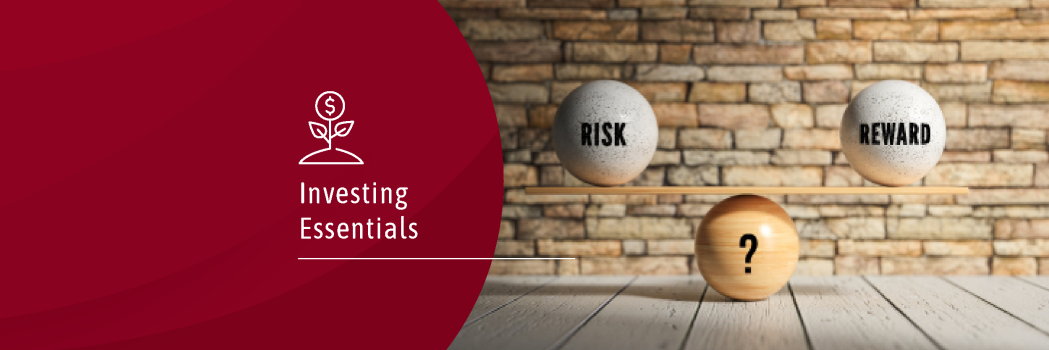What’s your reason for investing? What’s the specific goal you want to achieve? When do you want to reach that goal? Do you want regular income, capital growth, or both? And, critically, what’s your risk profile?
This last question is at the heart of any investment, and it’s important for you to understand exactly what it means.
Return
Return refers to how much money you make on an investment. That return could appear in a number of ways, such as income (dividends on an investment that are paid or reinvested) or growth (the amount initially invested increasing in value). An investment with a high rate of expected return is expected to perform better than an investment with a low rate of expected return.
Your return profile is how much money you want to make on your investment. That might be to fund high-priority requirements like living expenses or healthcare, or ‘nice to haves’ like a holiday. However, it’s not as simple as deciding you’d like a high return on every investment. This is where risk comes in.
Risk
Risk refers to the likelihood of an investment not performing as it expects – whatever that expectation may be. If you invest in a fund that expects to make a return of 5%, the risk is how likely it is that that fund will not make a 5% return.
Your risk profile, therefore, is how much risk you can tolerate to receive your expected return. That risk is often described as having two parts – the risk that your investment is able to withstand without jeopardising your goals, and also your personal capacity to tolerate risk (sometimes referred to as the ‘sleep at night’ factor).
It’s often this risk profile that determines an individual’s investment path. For example, you may have a long investment timeframe to smooth out short-term periods of market volatility and a solid portfolio that can withstand quite significant risk, but you know that taking on such a level of risk would make you highly anxious – regardless of the outcome. Alternatively, you may feel very comfortable taking on additional risk with the aim of receiving higher returns over the long term.

